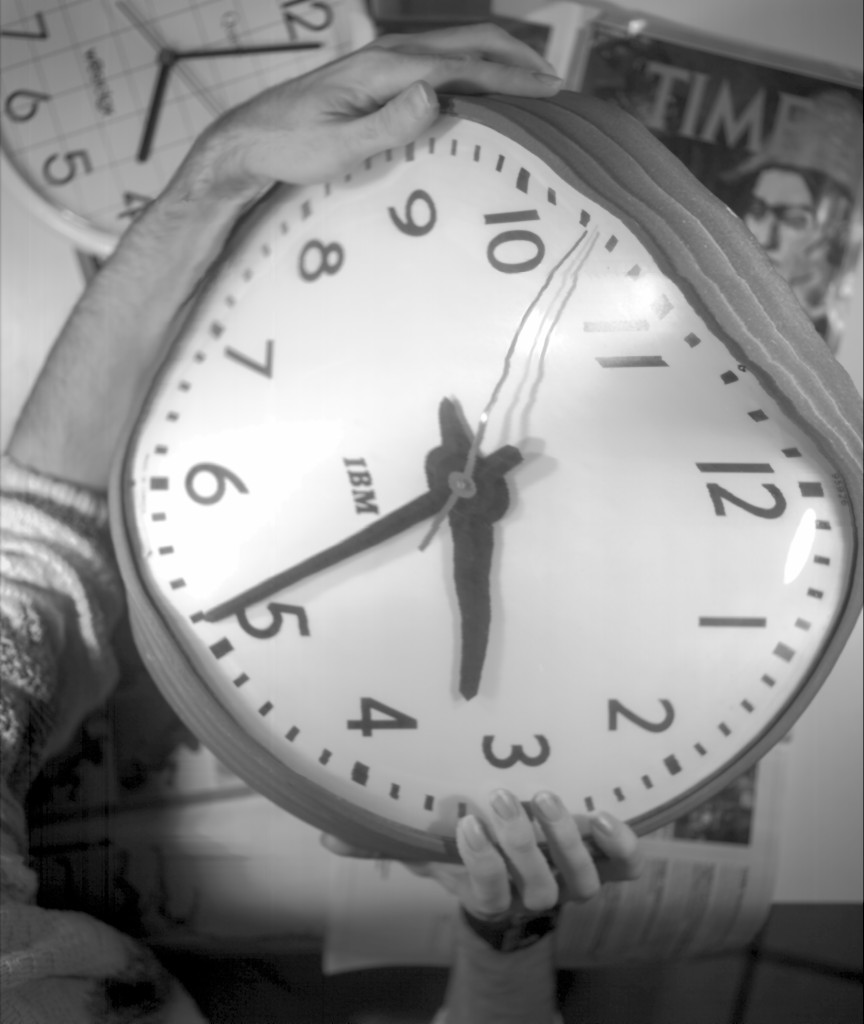

















Selected lightvector paintings from Microseconds and Millennia:








![]()










I made these lightvector paintings in Dr. Harold Edgerton's lab, exactly the way he had left it approximately 3 years after his death, as well as the way it appeared at various stages of the renovations. Edgerton was the inventor of the electronic flash, and a key figure in the area of high speed photography, who published the famous book entitled ``stopping time'' (a book of pictures of events that were otherwise too fast for the naked eye to see). As I was asked to assist in renovation of the lab, and to recommend a pathway to the future (I assisted in securing donations to the lab, talking to Leaf, etc.), I wanted to document the way it was prior to the transition to ``digital''.
There was something I found very enchanting about the old flashtubes --- devices that were made to freeze time --- being covered in dust of years gone by. I would often watch the sun setting as the light would swing across the bench, and fall upon the faded yellowing (once black) writing on the yellowing boxes of years gone by --- boxes labelled ``microflash parts new'', ``microflash parts old'', etc..
What fascinated me was the passage of time in a place where time once stood still. The artifacts of time stoppage, ranging from scattered halves of playing cards that were shot in half, dusty old bullets scattered about the lab, to the glass tubes and high voltage capacitors, were visible through an almost poetic dusty veil of time, with narrow slits of sunlight streaming in through cracks in the decaying roof.
 self portrait with FT17-30
(normal daylight picture, not a lightvector painting)
self portrait with FT17-30
(normal daylight picture, not a lightvector painting)

TimeWarp, gelatin-silver print, 1985, home-made slit-shutter camera, 11x9 in;
depicts speed-sensing clock sculpture that advances in exact proportion
to the distance traveled by persons approaching it (1 minute per foot).